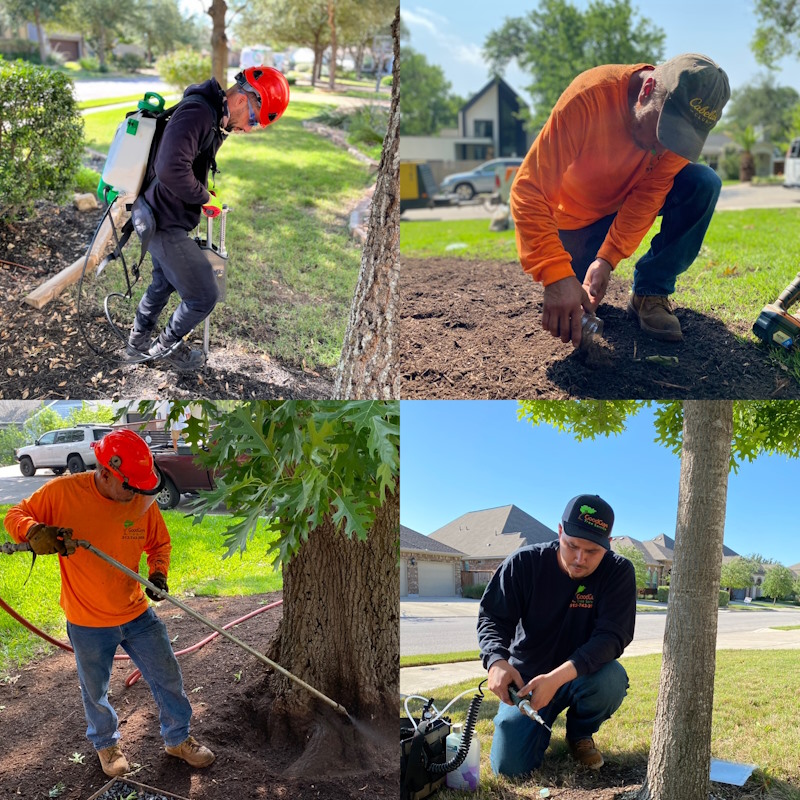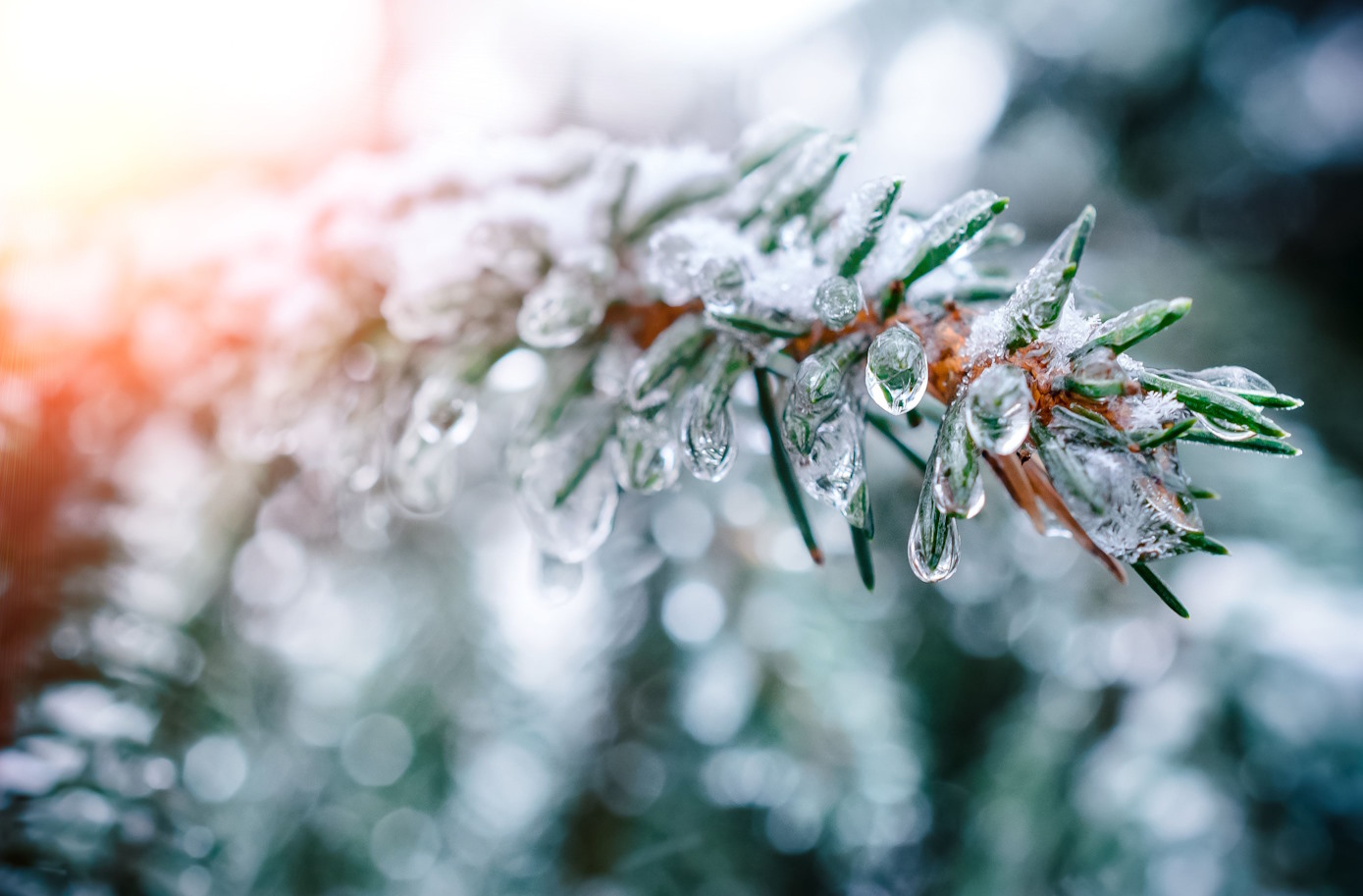Most homeowners think spring when thinking about planting trees and other woody shrubs and plants. Trees planted now get a head start on establishing roots before our brutal summers return. Tree roots (as well as other larger plants) grow above 40 degrees.
In mild winters, roots gain strength they need to deal with our particularly rough summers. And,because their roots have been growing all fall and winter, trees planted now burst with growth when spring arrives. Many homeowners worry that a hard freeze or extended subfreezing weather will kill or damage trees planted in fall. It is a good idea to protect above ground portions of recently planted trees and shrubs. Because our ground rarely freezes, the roots should be just fine.
Planting Guide
You can plant trees that are sold in pots or balled-and-burrlapped specimens in fall. However experts tell us that we should wait until winter to plant bare root specimens,including fruit and pecan trees. They should be dormant for best results.
Proper Planting Techniques
When choosing a site. Make sure you have picked the right tree for the right place. Placing a naturally growing under story tree in an area where it will gain full sun will only cause stress and eventual death for that tree.
- When digging the hole, use the 10:1 ratio. Meaning the hole should be 10 inches for every caliper inch of truck diameter.
- Place tree on solid soil. Do not disturb the soil below if possible. There is no need to add compost or any other amendment at this phase.
- Back fill only with soil that has been removed from hole.
- Tamp down soil around root ball.
- Water thoroughly to eliminate any air pockets, allowing roots to settle.
- Use soil to build a 4”-6” berm around the edge of the hole. Add a 4”-6” layer of mulch inside ring, being careful not to cover root flare. A visible root flare is paramount when planting a new tree. Never should we see a straight truck coming from the ground.
Post Planting Tips
Deep water 2-4 times weekly and remove any guy lines if used. Remember…most trees need to move in the wind early in life to establish reactionary wood for future strength and stability. Guy lines should only be used on larger installments to help stable root-balls and establish security. Staking a tree is absolutely last resort.
Many companies use this practice but fail to educate the client on its uses and dangers. If the lines are not removed promptly they can damage they can damage the bark and make entrance for many harmful insects as well as weaken the tree natural ability to thrive on its own.
Finally, never fertilize the tree at the planting phase. Tree roots are highly vulnerable to the burns that most fertilizers cause. Spring is always best for fertilization.






